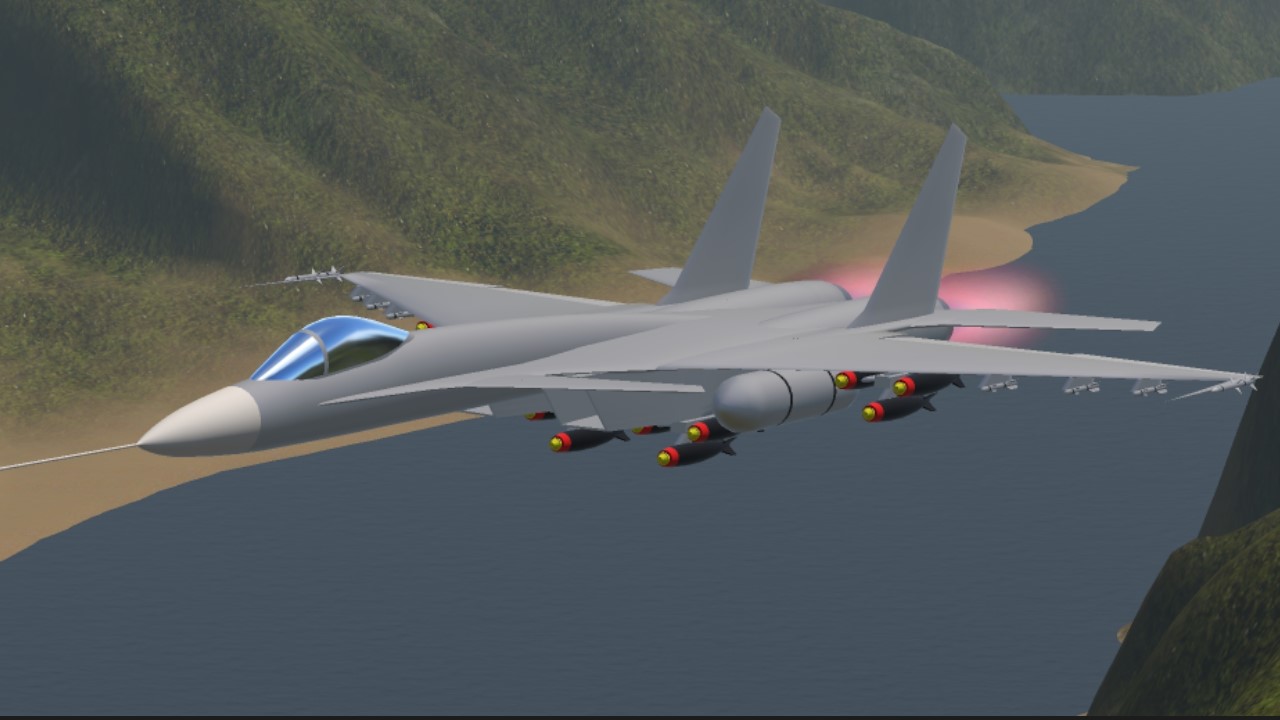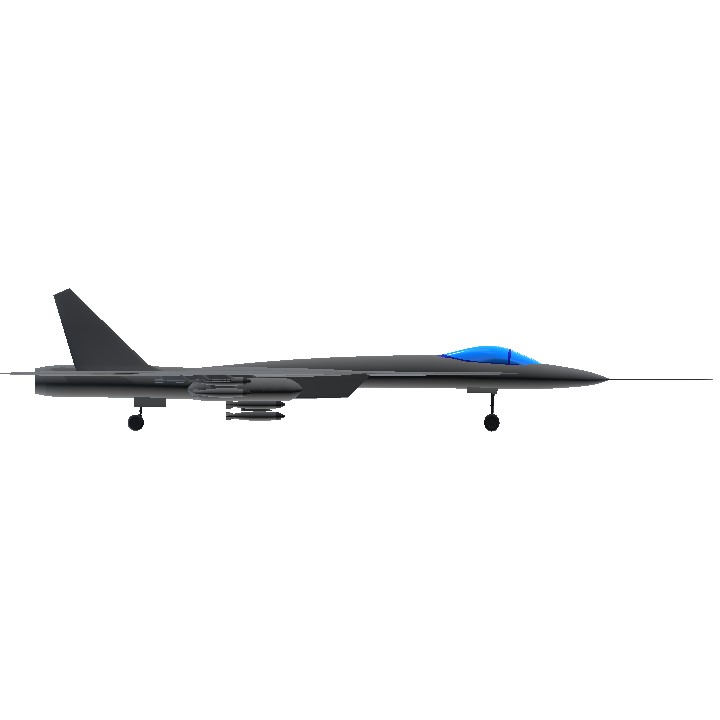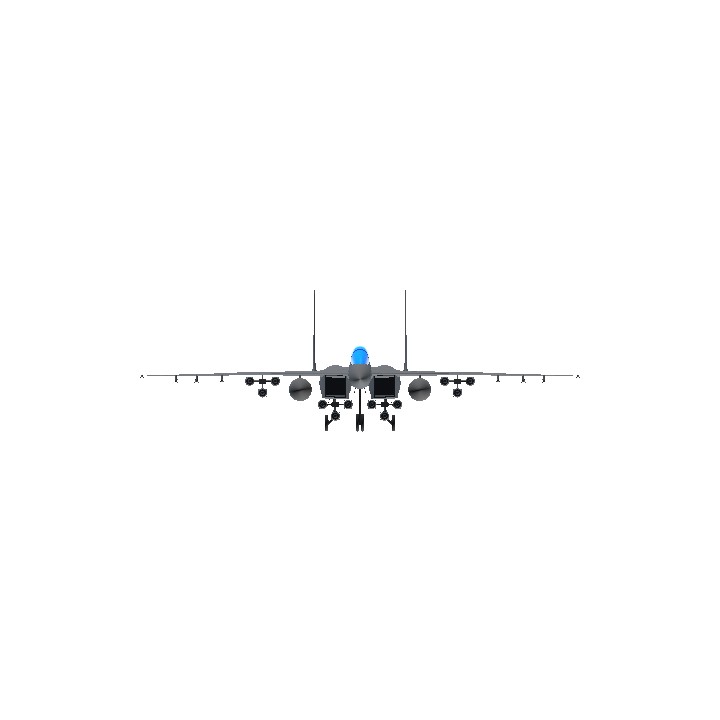
The Volotok VFB/A-15 Candle was an ambitious multirole aircraft project designed to fulfill the roles of attack, bombing, and air superiority for the Frostia Liberation Air Force (FLAF). Conceived in 1967 by renowned engineer Danilo Propov, the aircraft aimed to provide Frostia with a versatile, all-in-one solution to modern aerial warfare. The first prototype was completed in 1974, showcasing an elongated fuselage and advanced avionics for its time. However, the Candle quickly became a cautionary tale in Frostian aviation history, as its numerous shortcomings doomed it to failure.
The VFB/A-15 lacked internal weapon bays, forcing it to rely on external hardpoints, which compromised its aerodynamics and made it vulnerable to radar detection. Its extremely long fuselage, while intended to improve range and payload capacity, created structural challenges and reduced its agility. Additionally, the aircraft suffered from terrible fuel economy, rendering it impractical for extended missions, and its high maintenance costs strained FLAF budgets. These flaws became glaringly apparent during testing, leading to the project's cancellation in favor of the more reliable VF-17 Wolff, which offered superior performance and cost-effectiveness.
Today, the sole prototype of the Candle resides in a Frostian National Aviation Museum, serving as a reminder of the nation's drive for innovation and the lessons learned from overly ambitious designs. Despite its failure, the VFB/A-15 contributed valuable insights that informed future projects and solidified Frostia's position as a competitive force in aerospace development.
Specifications
Spotlights
- ChihiroFujisaki 10 months ago
General Characteristics
- Created On Android
- Wingspan 78.0ft (23.8m)
- Length 128.1ft (39.0m)
- Height 25.5ft (7.8m)
- Empty Weight 49,219lbs (22,325kg)
- Loaded Weight 92,293lbs (41,863kg)
Performance
- Power/Weight Ratio 4.382
- Wing Loading 69.5lbs/ft2 (339.2kg/m2)
- Wing Area 1,328.7ft2 (123.4m2)
- Drag Points 22292
Parts
- Number of Parts 212
- Control Surfaces 10
- Performance Cost 1,276





@retrolivery1223333 8 = 6x Infernos + 2 Interceptors.